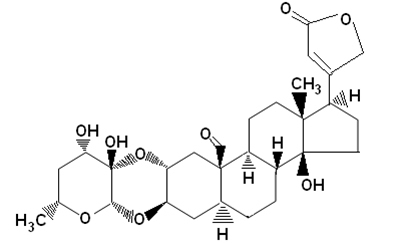THE Inorganic chemistry was defined for the first time by the Swedish chemist Torbern Olof Bergman, in the year of 1777, as being the part of Chemistry that studies the compounds originated in the mineral kingdom. This definition was proposed together with the definition of Organic Chemistry (chemistry that studies the substances originating in living beings) with the aim of distinguishing organic compounds from inorganics.
The current definition ofInorganic chemistry é:
"Branch of Chemistry that studies inorganic compounds, which do not necessarily have the chemical elements carbon (forming chains) and hydrogen in their constitution."
You inorganic compounds have, for the most part, some important characteristics, such as the fact that they are ionic (with the exception of inorganic acids which are covalent), solids at room temperature (with the exception of inorganic acids which are liquid and some oxides which are gaseous) and present metals in its composition (with the exception of most inorganic acids).
The characteristics of inorganic compounds are related to the functional class to which they belong. Obtaining them is associated with the chemical reactions necessary for their formation. Therefore, the study of Inorganic Chemistry is subdivided into several parts:
-
Acids: inorganic substances that ionize in water and form the hydronium cation;

The acid present in lemon is an example of a substance studied by Inorganic ChemistryDo not stop now... There's more after the advertising ;)
Bases: inorganic substances that dissociate in water and release the hydroxyl anion;
salts: inorganic substances that dissociate in water and release a cation other than hydronium and an anion other than hydroxyl;
Oxides: binary compounds that present the oxygen element as the most electronegative;
carbides: binary compounds that have the element carbon, associated with metals or semimetals, as the most electronegative;
Hydrides: binary compounds that present the element hydrogen as the most electronegative;
Neutralization Reactions: chemical reactions that originate salts from the interaction between an acid and a base;
double exchange reactions: chemical reactions that produce salt and acid, salt and base or two salts, always from the interaction of these same substances;
Displacement Reactions: chemical reactions that produce simple and compound substances from other simple and compound substances;
Roasting reactions (chemical reactions involving the combustion of sulphides)
The texts that are shown below address in more detail the characteristics of the most diverse inorganic substances and also the chemical reactions that involve their ways of obtaining them.
By Me. Diogo Lopes Dias


